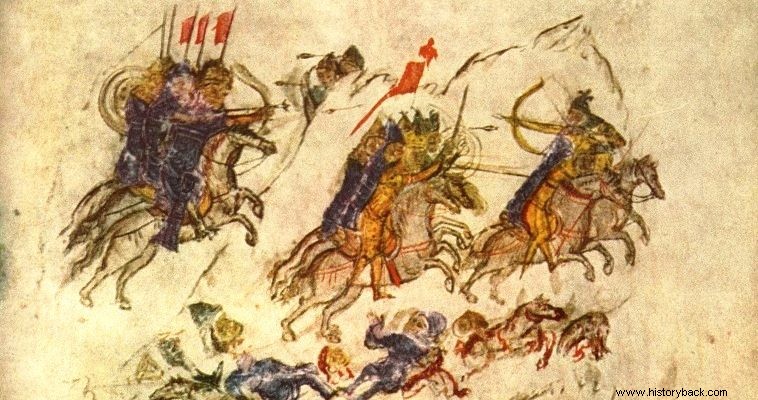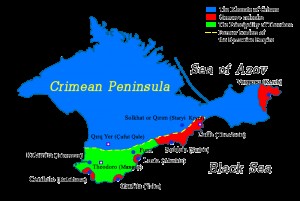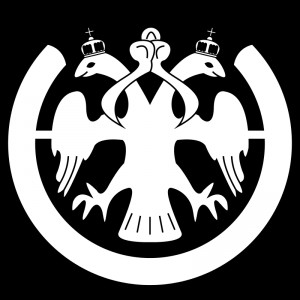
The Turks destroyed the last Greek states of Morea and Trebizond in 1460-61. However, there was also a "Hellenistic", so to speak, state that lasted until 1475. This state was located on the Crimean peninsula.
After the fall of the City to the "crusaders" of the Fourth Crusade in 1204, various successor Byzantine states were created. One of them was the Empire of Trebizond. The Byzantine lands on the Crimean peninsula came under the authority of Trebizond.
The area known as Gothia became, at the beginning of the 14th century, an independent principality with Doros or Theodorou as its capital (present-day Crimean Mangup). Byzantine sources mention the principality at the time of the emperor Andronikos III Palaiologos.
At this time Prince Dimitrios is mentioned as its ruler who according to some sources was the Hellenized Tatar prince Quitani. In 1361 the principality is referred to as "Theodorou" (from Saint Theodorou). This name is confirmed by Genoese sources from 1374. In 1420 the official title of the ruler of the principality was "theodore of the city of Parathalssia". Some called the state "Theodoritsi".
In 1395 Tamerlane invaded the Crimea and destroyed the capital of Theodore. But the principality revived and became one of the strongest powers in the region, fighting mainly against the Genoese. In the Venice-Genoa war in 1432 the principality naturally supported Venice. The principality paid tribute to the Golden Horde Mongols and thus maintained friendly relations with the most powerful state in the region. The princes created the port of today's Inkerman.
The princes of Theodore, the population, the character
The population of the state was mixed. It consisted of Greeks, Crimean Goths, Alans, Bulgarians, Cumans, Kipchaks. The population was Hellenized, the official language was Greek and the prevailing religion was Orthodoxy. Byzantine art and architecture prevailed. The ruler's emblem was the double-headed eagle.
The Russian Byzantine scholar Vassiliev also mentions Prince Demetrius adopting the view that he was a Christianized, Hellenized Tatar. His successors are not known if they had the same origin and are known only from Russian sources. After Demetrius, the ruler was Vasilios who was succeeded by his son Stefanos.
His successor was Alexios I and then Ioannis who married the Byzantine noblewoman Maria Asanina. He was succeeded by his son Ulubei. The daughter of Alexios I Maria of Gothia married the last emperor of Trebizond, David the Great.
After Ulubey, Isaac is mentioned as a prince who tried to face the Turkish danger by allying himself with the ruler of Moldavia. When he changed his stance and turned to the Turks, he was dethroned by his brother Alexander . However the principality was not saved. Relieved by the Turks in 1475. The capital fell after a three-month siege.
The ruler Alexander was captured, taken to Constantinople and beheaded, while his son became a Muslim by force and his daughter entered the harem of Mohammed II.


The emblem of the state.
